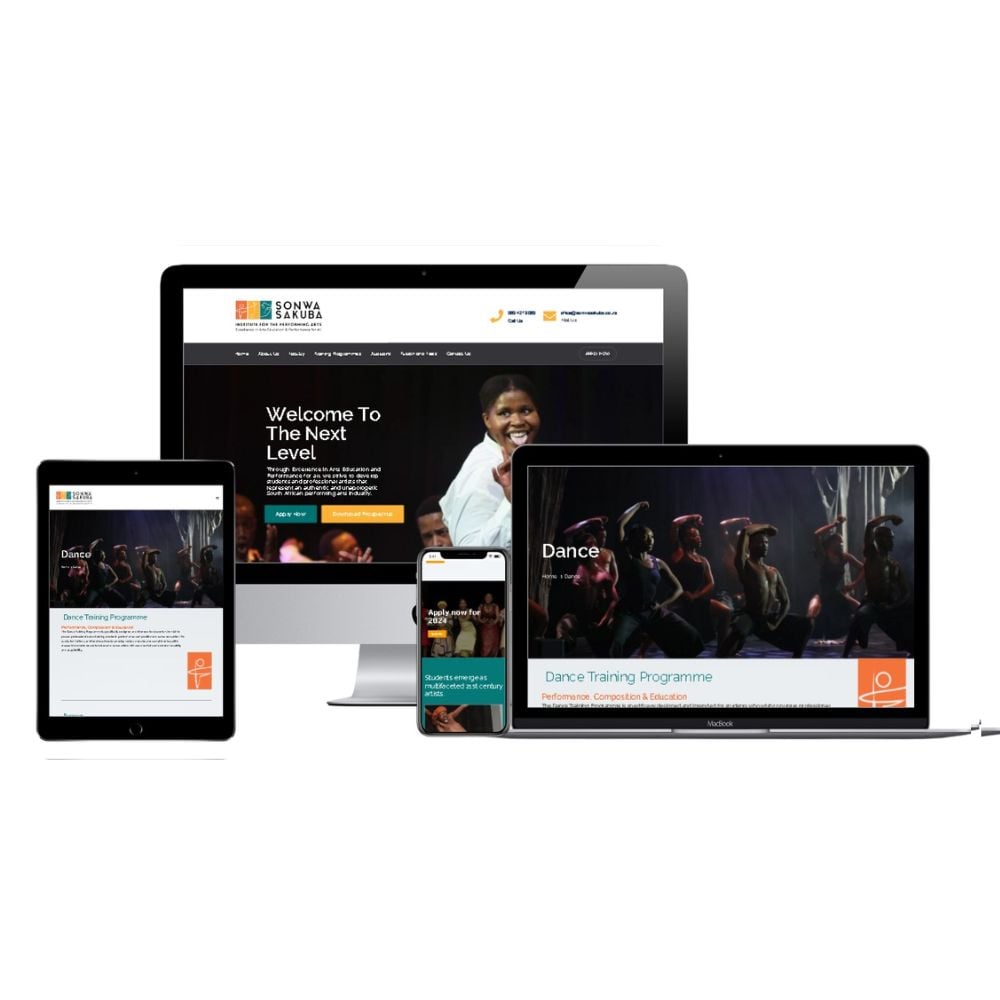How Website Design Impacts Brand Perception and Trustworthiness
How Website Design Impacts Brand Perception and Trustworthiness
Blog Article
Boost Interaction With Innovative Website Style Solutions
A thoughtfully crafted user experience, underpinned by tactical aesthetic style and interactive elements, can substantially boost customer involvement. By checking out numerous techniques such as responsive layout and tailored material, services can develop a system that not only astounds customers however likewise cultivates long-lasting commitment.

Comprehending Customer Experience
Recognizing individual experience (UX) is crucial for creating reliable site layout solutions, as it directly affects exactly how users engage with electronic systems. A comprehensive UX technique incorporates different elements, consisting of user, usability, and access fulfillment, all of which add to the overall effectiveness of an internet site.
To begin with, usability focuses on exactly how quickly individuals can navigate and discover the details they look for - website design. A well-structured format, instinctive navigation, and clear contact us to action are essential elements that boost usability. Availability makes certain that all customers, consisting of those with specials needs, can efficiently communicate with the web site. This includes creating material that is compliant with access criteria and can be conveniently accessed making use of assistive technologies.
Moreover, recognizing customer identities is crucial for customizing the experience to fulfill specific target market requirements. By conducting individual study and testing, developers can gather insights that educate layout decisions, making certain the site not only fulfills aesthetic objectives yet likewise meets functional requirements. Ultimately, a thoughtful method to UX style fosters interaction, motivates retention, and improves general individual satisfaction, which are crucial for the success of any electronic system.
Visual Style Techniques
Including effective aesthetic layout techniques is essential for catching customer focus and enhancing the overall customer experience on a site. A well-balanced visual power structure guides users with the material, permitting them to quickly absorb and navigate information. This can be achieved through the strategic use typography, color pattern, and spacing, which collectively create a cohesive and appealing format.
Color plays an essential duty in establishing and stimulating emotions brand name identification. Utilizing a well balanced color palette that straightens with the brand name's ethos can promote familiarity and count on. Additionally, integrating top quality photos and graphics improves aesthetic appeal and can dramatically boost individual interaction.
Whitespace, commonly ignored, is just as crucial as it enables material to take a breath and avoids frustrating users with clutter. It helps with much easier reading and understanding, leading to an extra delightful browsing experience.
Lastly, consistency in design aspects-- such as switch symbols, styles, and typefaces-- ensures a seamless customer journey, reinforcing the brand name's professionalism and trust. By strategically carrying out these aesthetic design approaches, internet sites can not only bring in visitors but additionally urge them to stay longer and involve even more deeply with the material.
Interactive Elements for Engagement
Involving customers effectively commonly pivots on the application of interactive components that welcome engagement and promote a vibrant browsing experience. These aspects, consisting of tests, polls, and interactive infographics, motivate customers to proactively get involved instead than passively consume material. By integrating such functions, sites can not just catch focus but also enhance user retention.

Gamification is one more effective technique. Including game-like aspects, such as achievements or benefits for completing tasks, can change ordinary communications right into pleasurable experiences. This approach not just boosts involvement however likewise urges individuals to return, developing a faithful target market.
Additionally, interactive elements can promote social sharing, amplifying an internet site's reach. Features like comment areas, share buttons, and user-generated content areas foster neighborhood interaction, turning site visitors right into active individuals. website design. Ultimately, the calculated use interactive components is necessary for producing a compelling and appealing web site that reverberates with customers
Responsive and Flexible Layout
A well-designed site needs to prioritize adaptive and receptive layout to ensure ideal user experiences throughout a range visit site of devices and display sizes. Responsive design employs fluid grids and versatile images, allowing the format to immediately readjust based upon the audience's display dimension. This technique makes sure that customers can easily communicate and browse with the content, despite whether they are utilizing a smartphone, desktop, or tablet .
In comparison, adaptive layout makes use of predefined layouts that are customized to details device groups. This means that the site discovers the kind of gadget being made use of and serves the appropriate format, which can improve filling times and optimize the display of essential components. While both strategies aim to enhance use, responsive design is frequently preferred for its fluidness and smooth transition between devices.
Incorporating adaptive and responsive design not just boosts individual complete satisfaction yet also positively influences search engine rankings. Browse engines prioritize mobile-friendly sites, therefore enhancing visibility and attracting even more visitors. Therefore, investing in these design strategies is critical you can try this out for services aiming to engage their audience effectively and maintain a competitive edge in today's electronic landscape.
Studying Individual Comments and Data
User responses and data analysis are necessary parts of efficient website design, as they provide useful insights right into individual behavior and choices. By methodically examining and accumulating user responses with studies, use screening, and analytics devices, developers can identify pain points and areas for enhancement. This data-driven technique enables companies to adjust their internet site elements, making sure that the customer experience lines up with audience expectations.
Examining metrics such as bounce prices, time on web page, and click-through prices uses a quantitative point of view on individual involvement. These metrics help developers recognize which content resonates and which areas may need optimization. Furthermore, A/B testing can be used to assess variations in style, allowing designers to make enlightened decisions based upon user communications.
Including customer feedback not only improves website usability yet also cultivates a feeling of neighborhood and trust fund. Involving with customers via responses loops cultivates commitment and encourages repeat sees. Inevitably, leveraging user responses and information analysis is essential to developing a dynamic, user-centered internet site that adjusts to advancing individual demands and preferences, consequently driving higher involvement and satisfaction.
Conclusion
A thoughtfully crafted user experience, underpinned by calculated aesthetic design and interactive components, can dramatically improve customer involvement.Incorporating efficient visual layout methods is essential for capturing customer focus and improving the overall individual experience on an internet site.Customer responses and information evaluation are necessary components of reliable web site layout, as they supply important understandings into customer habits and preferences. Eventually, leveraging customer feedback and data evaluation is essential to developing a vibrant, user-centered internet site that adapts to progressing customer needs and preferences, consequently driving greater interaction and contentment.
In verdict, innovative internet site layout remedies considerably improve user interaction by prioritizing customer experience, utilizing reliable visual techniques, and incorporating interactive components.
Report this page